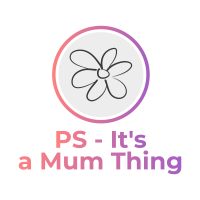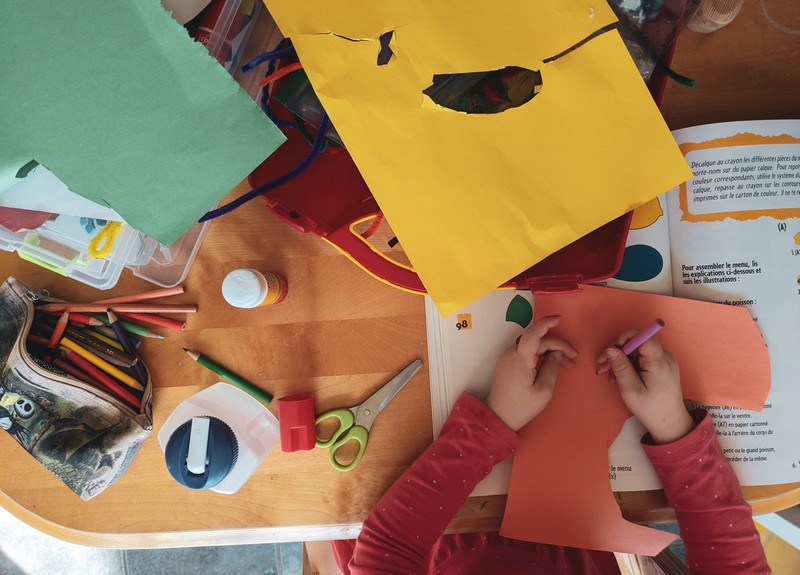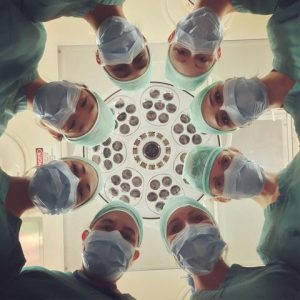At 28 weeks pregnant, I blissfully loved every moment of pregnancy. Having had 2 previous miscarriages, I was determined not to take any moment of the experience for granted.
There was nothing I treasured more than holding my hand to my belly and feeling my baby move. It was in these moments that I felt the most connected with my child. I would hold my hand in place, feeling his tiny movements, and talk to him. “Mummy’s right here, my darling” I would say. “Mummy’s got you”.
There was no way I could have known that my pregnancy was destined to come to an abrupt end.
At about 4am on the 30th December 2016, I woke up experiencing moderate pain in my upper abdomen. The pain, whilst not severe, was uncomfortable enough that I couldn’t get back to sleep. I tried changing positions, pacing around the house and having a shower but nothing I did could ease the pain.
After a few hours I woke up my husband and we decided to go to the GP. As we drove to the clinic and waited in the car park until it opened, I remember worrying that they were going to think that I was overreacting.
I described my abdominal pain to the unfamiliar GP and she checked my blood pressure, which was normal. She informed me that the pain was likely indigestion and I was told to go home and rest.
And yet something didn’t feel right. I couldn’t shake a sense of foreboding.
What should I write about in my Birth Story? How can I share the most important moment of my life? A hospital stay may be the last memory many parents have of their babies. After months in the hospital, the last thing any family can have is a visit from the doctor where they listen to his heartbeat, check his temperature and sometimes take him for a walk, but not before pictures are taken and the doctor says goodbye to the mom-to-be.
When my parents decided to go through with my adoption, they were excited. They had researched adoption before going to the hospital and knew nothing of the long list of requirements needed to adopt a child. They also had no idea how long the adoption process would take or if they would even get a chance to see their baby. When I was born, there were only eight hours left in the hospital and my mother said she hoped we’d all make it home. Eight hours later we were both told that our baby would not make it home.
The following morning, our little one wasn’t moving. I asked my mother what happened. She told me that the epidural did not work and the baby simply continued to limp. My first thought was then just to go to the hospital and tell the doctor we lost the baby. I imagined how that would make me feel, losing my baby while in the arms of someone who loved me.
When the doctor came to deliver our baby, he explained to us that although we were seven weeks early, we could go home. Our new son was not having a c-section birth, because it was not safe for the baby to have one during the late stages of labour. Although it was a risk for him to have a c-section birth, he and my mom were convinced that if we waited a long time before giving birth, he would not need the surgery.
Two hours later we gave birth. My husband immediately took my daughter home. I spent the next two hours feeling sorry for myself. I wondered why on earth did the epidural fail. We had done everything the doctor instructed us to do and now this!
We were rushed into the operating room but the doctor informed us that they did not feel any problems with either of us. He handed us both a list of things that we needed to do to recover at home and to get better. My husband asked the nurse if we could go see our little angel that day. The nurse told us we could, but we were asked if we would like to go to the hospital the next day to be seen by a neonatologist.
I looked at him and said, “You are not going to let me leave the hospital right now are you?” He told us no. I thought that maybe he really didn’t want to see us and wanted to give us a choice. So for the next several months, we went to the hospital once every few weeks or so.
Eventually, we made it home and I was able to hold my baby in my arms and look at him for the first time. I can say without a doubt that the experience of having my baby in a hospital setting changed me as a mother. It made me more understanding of what babies go through, it made me appreciate all of the other people who were involved in bringing up my baby, and it made me more appreciative of the nurses who worked so hard to care for me. All of these changed my view of hospitals and their ability to care for their patients.




 Take Your First Step
Take Your First Step